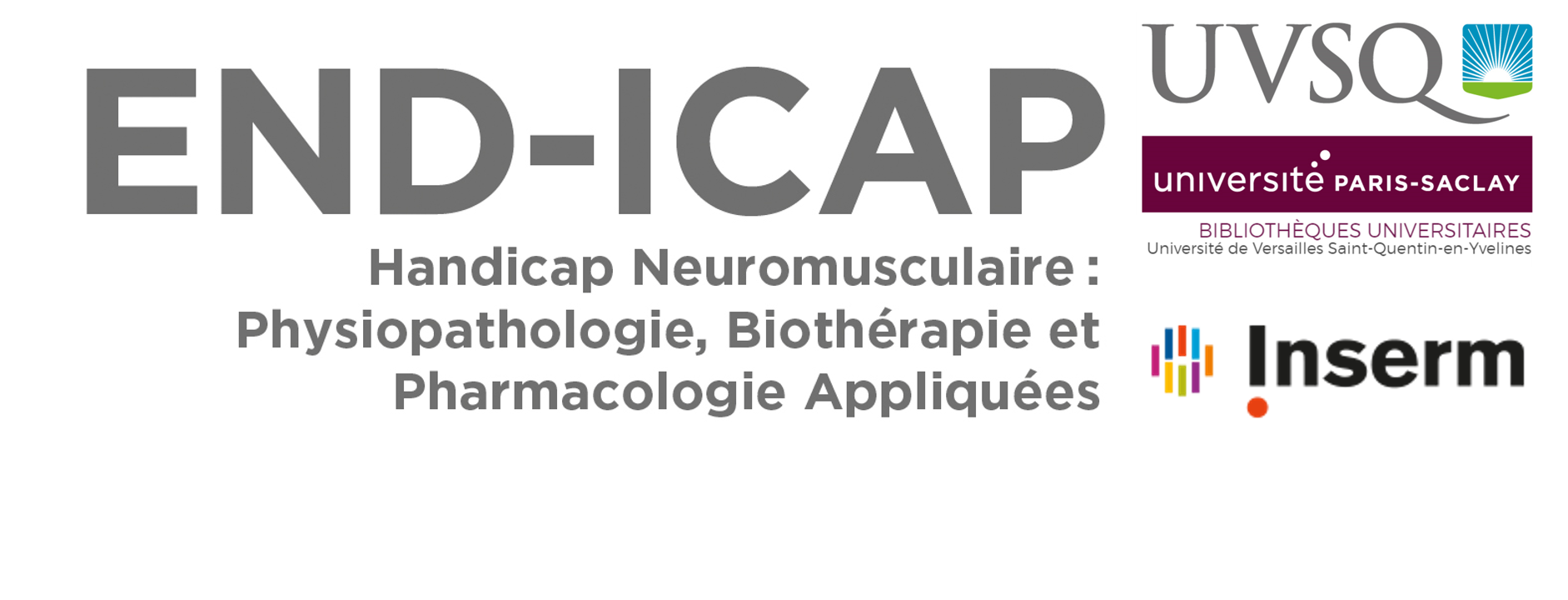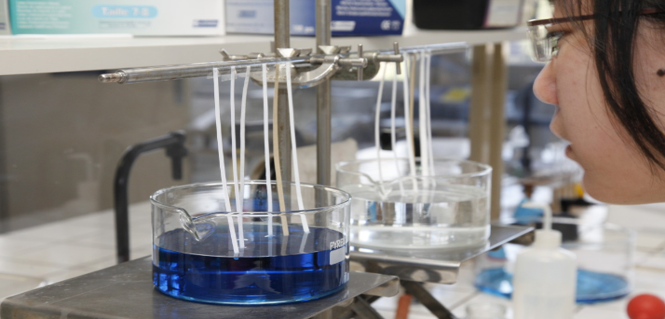Networking to Optimize Dmd exon 53 Skipping in the Brain of mdx52 Mouse Model
Résumé
Duchenne muscular dystrophy (DMD) is caused by mutations in the DMD gene that disrupt the open reading frame and thus prevent production of functional dystrophin proteins. Recent advances in DMD treatment, notably exon skipping and AAV gene therapy, have achieved some success aimed at alleviating the symptoms related to progressive muscle damage. However, they do not address the brain comorbidities associated with DMD, which remains a critical aspect of the disease. The mdx52 mouse model recapitulates one of the most frequent genetic pathogenic variants associated with brain involvement in DMD. Deletion of exon 52 impedes expression of two brain dystrophins, Dp427 and Dp140, expressed from distinct promoters. Interestingly, this mutation is eligible for exon skipping strategies aimed at excluding exon 51 or 53 from dystrophin mRNA. We previously showed that exon 51 skipping can restore partial expression of internally deleted yet functional Dp427 in the brain following intracerebroventricular (ICV) injection of antisense oligonucleotides (ASO). This was associated with a partial improvement of anxiety traits, unconditioned fear response, and Pavlovian fear learning and memory in the mdx52 mouse model. In the present study, we investigated in the same mouse model the skipping of exon 53 in order to restore expression of both Dp427 and Dp140. However, in contrast to exon 51, we found that exon 53 skipping was particularly difficult in mdx52 mice and a combination of multiple ASOs had to be used simultaneously to reach substantial levels of exon 53 skipping, regardless of their chemistry (tcDNA, PMO, or 2′MOE). Following ICV injection of a combination of ASO sequences, we measured up to 25% of exon 53 skipping in the hippocampus of treated mdx52 mice, but this did not elicit significant protein restoration. These findings indicate that skipping mouse dystrophin exon 53 is challenging. As such, it has not yet been possible to answer the pertinent question whether rescuing both Dp427 and Dp140 in the brain is imperative to more optimal treatment of neurological aspects of dystrophinopathy.
Origine : Fichiers éditeurs autorisés sur une archive ouverte



